Philadelphia's victory over New England in Sunday's Super Bowl finally brought the NFL's 2017 season to a close, though the new league year doesn't officially begin until March 14. Thirty-two teams will now turn their full attention to 2018, as will all of their fans, outside of some lingering celebrations in Philly. Free agency comes first on the 2018 calendar but the most consuming topic of the next three months will be the 2018 NFL Draft.
The Tampa Bay Buccaneers own the seventh pick in the first round of that draft, and they have until April 26 to determine how to use it. The most straightforward approach would be to determine which seven draft-eligible players would likely help the Buccaneers the most and then select the highest-rated one remaining when pick number seven arrives. However, there is always the possibility of a trade, right up until the last seconds of Tampa Bay's time on the clock are ticking away on that April evening.
Will the Buccaneers seriously consider looking for a trade partner to move up or down from the seventh slot. For obvious strategic purposes, that's not a question that General Manager Jason Licht or any of the team's decision-makers are going to answer. But we can engage in some speculation, which is basically what 99% of NFL Draft coverage is.
One thing to keep in mind is that, historically, the middle of the top 10 picks is not prime trade territory. Selections in the middle and the back end of the first round are far more likely to be swapped, and that's almost certainly because the cost of trading is lower in those areas. Last year, the Chicago Bears gave up two third-round picks and a fourth-rounder just to jump up one spot from three to two. Later on the same night, it only cost the Cleveland Browns a single fourth-round pick to move up four spots to number 29.
Since the NFL and AFL merged in 1970 there have been 48 college drafts. The pick that has been traded least often in the first round is #4, just nine times, or 18.8% of the total opportunities. That is the only slot that is dealt less often than #7, which is tied with #5 at 20.8%, or 10 times in 48 drafts. The first and sixth picks are next on the list at 22.9%. In contrast, the 17th pick has been traded 54.2% of the time, the most of any slot in the first round, followed by the 28th (45.9%), 20th (45.8%), 29th (44.0%) and 22nd (41.7%) positions.
(In all cases, we're counting whether or not a pick gets traded at some point, not *how many actual trades are made. In some cases, draft slots are traded more than once.)*
In recent years, there has been a decent amount of trade activity surrounding the first five picks. The second-overall selection, for instance, has been swapped in four of the last six years. Over the last five drafts, there have been eight picks moved among the top five, and another six in the 8-10 slots. Where the Buccaneers currently sit, however, there has been little movement, not a single trade involving pick number six or pick numbers even in those same five years.
The reason for all the movement at the top is obvious: the never-ending hunt for a franchise quarterback. Of those eight picks in the top five that moved over the last five drafts, only one did so for any other reason. In 2014, the Buffalo Bills gave up their first and fourth-round picks in the 2015 draft in order to move up five spots and grab wide receiver Sammy Watkins at number four. It's fair to say that the teams that swung the trades to get quarterbacks Jared Goff, Carson Wentz and Mitchell Trubisky are still feeling good about those selections; Watkins, meanwhile, is no longer even playing in Buffalo.
View photos of N.C. State DE Bradley Chubb in college. Photos by AP Images.
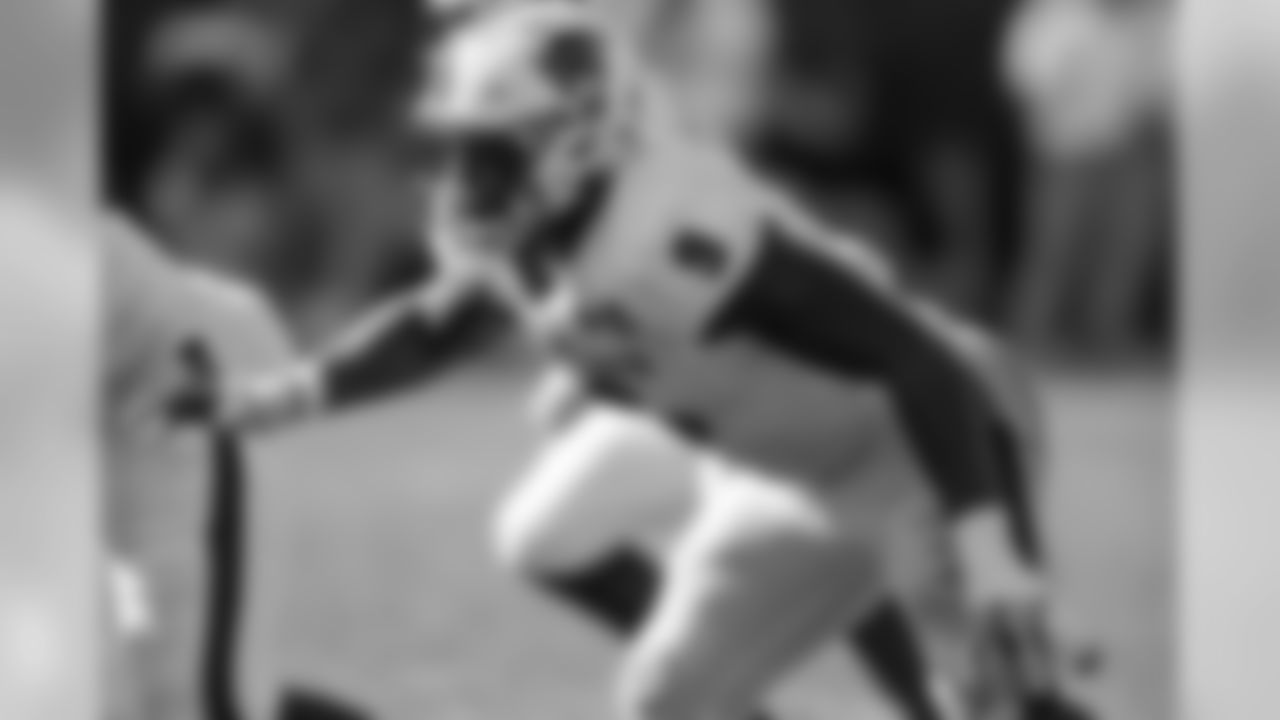
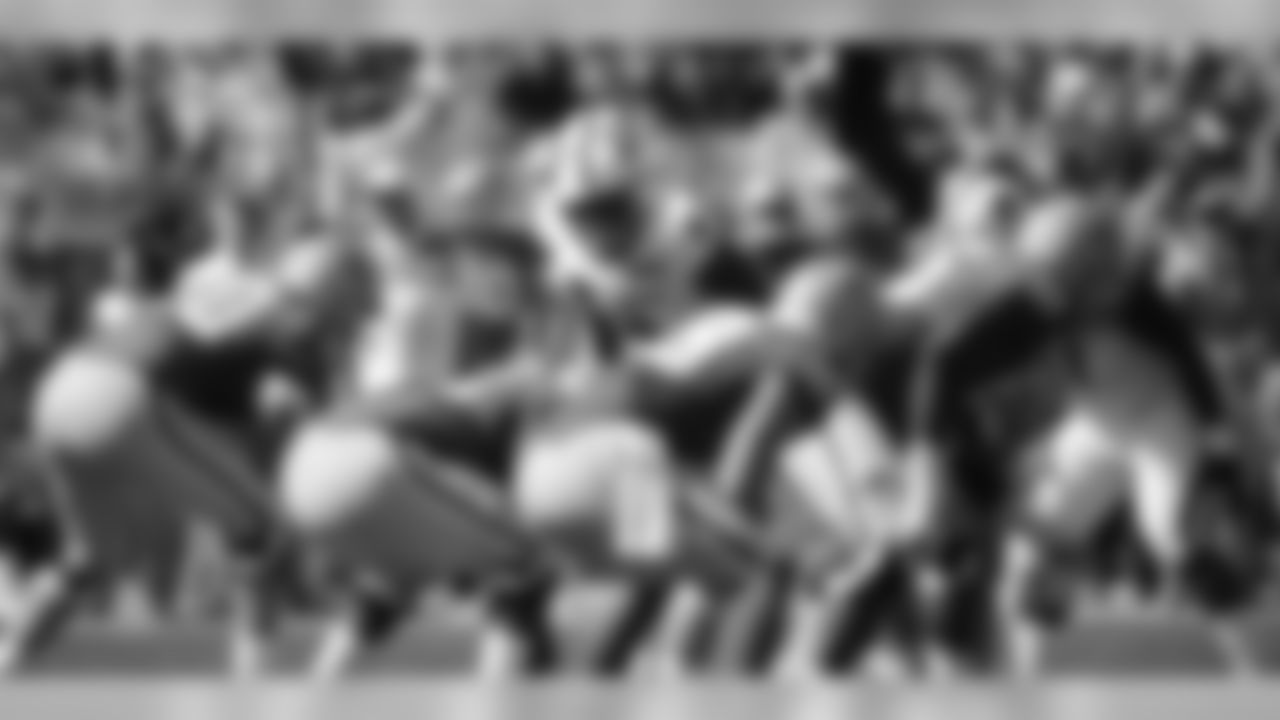

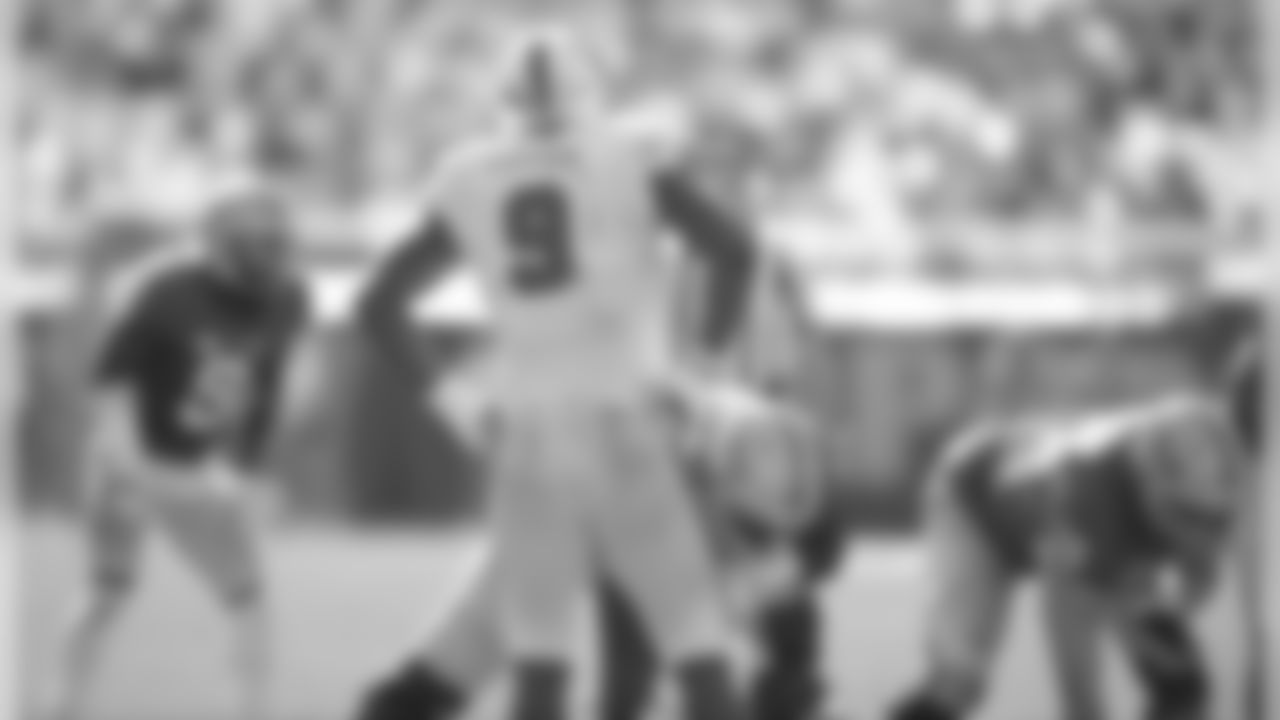


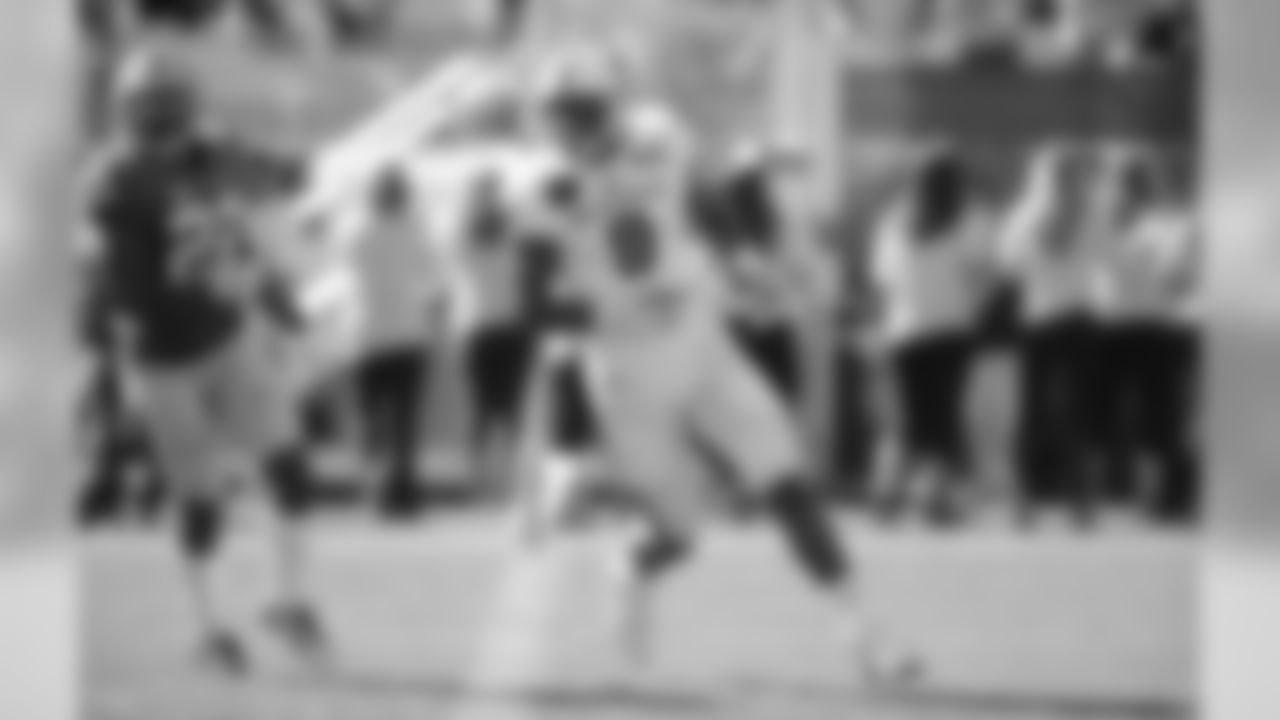
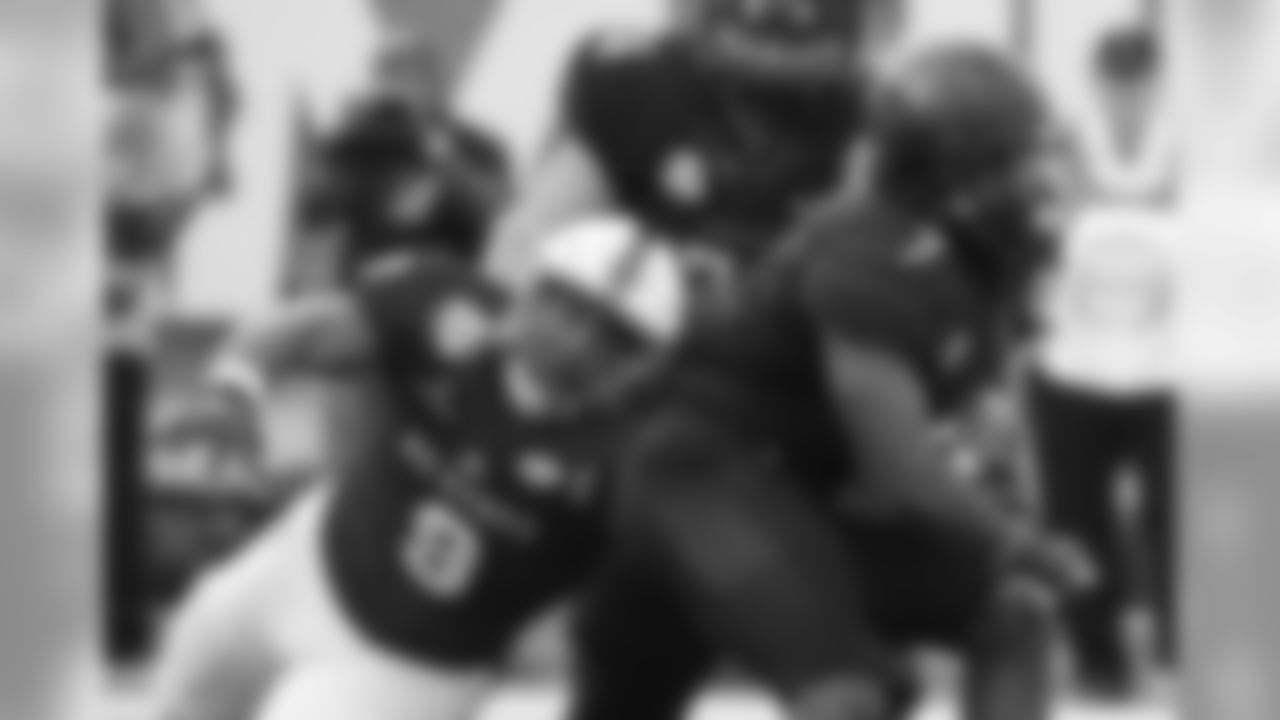


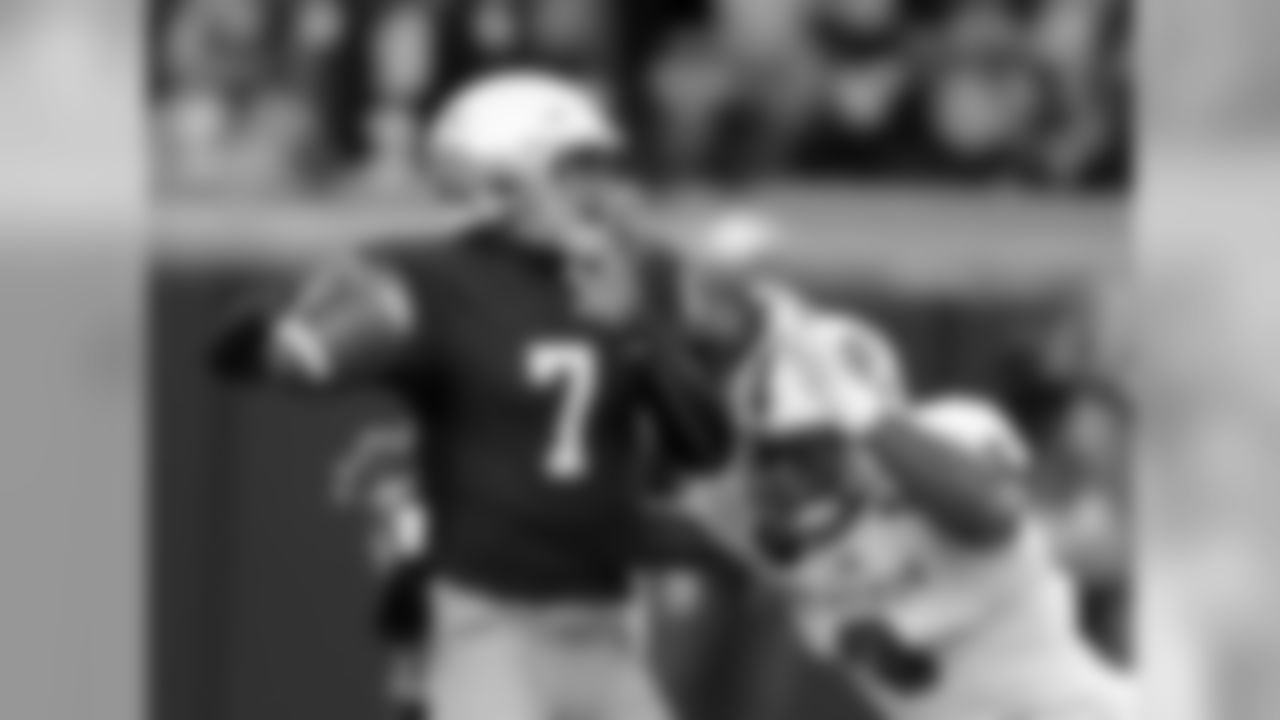
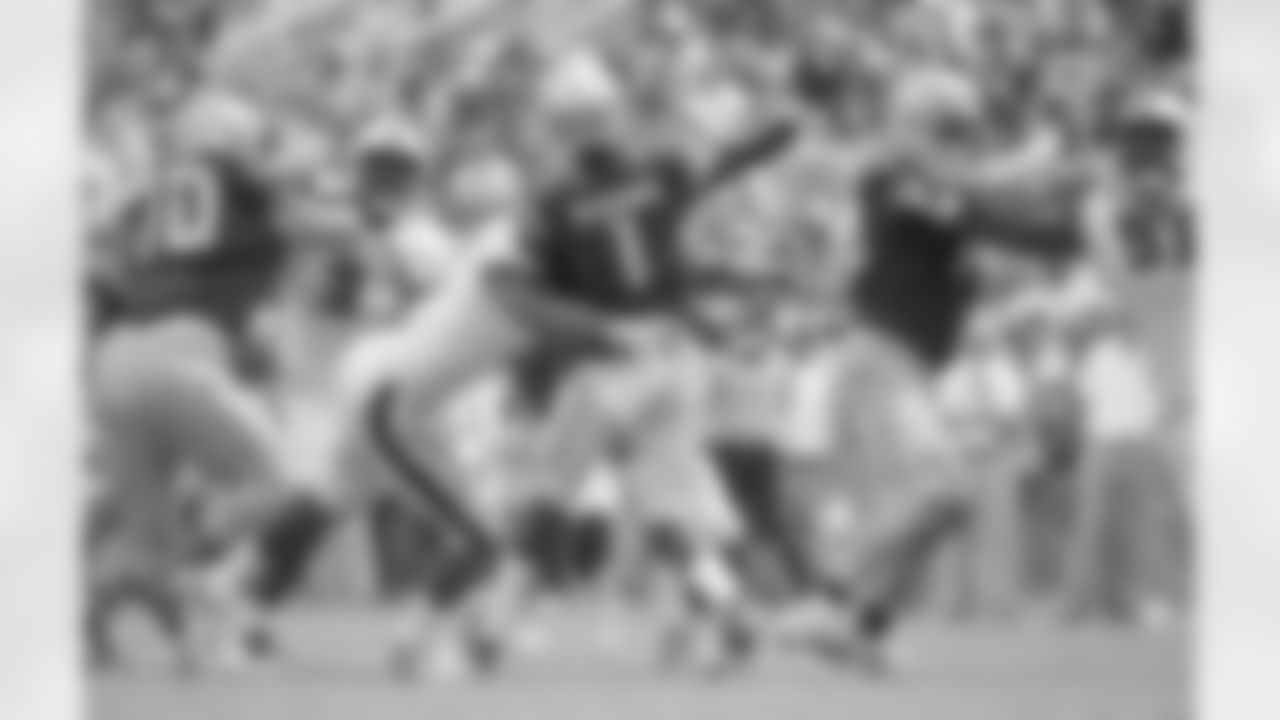
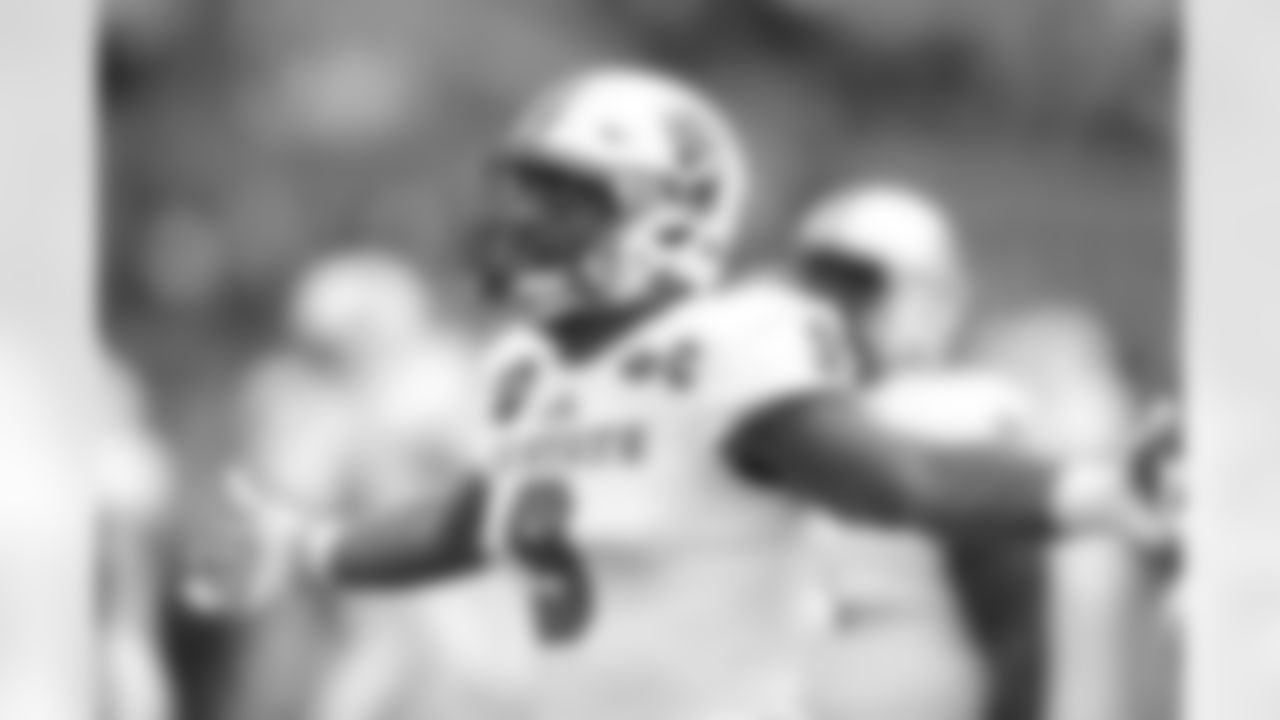

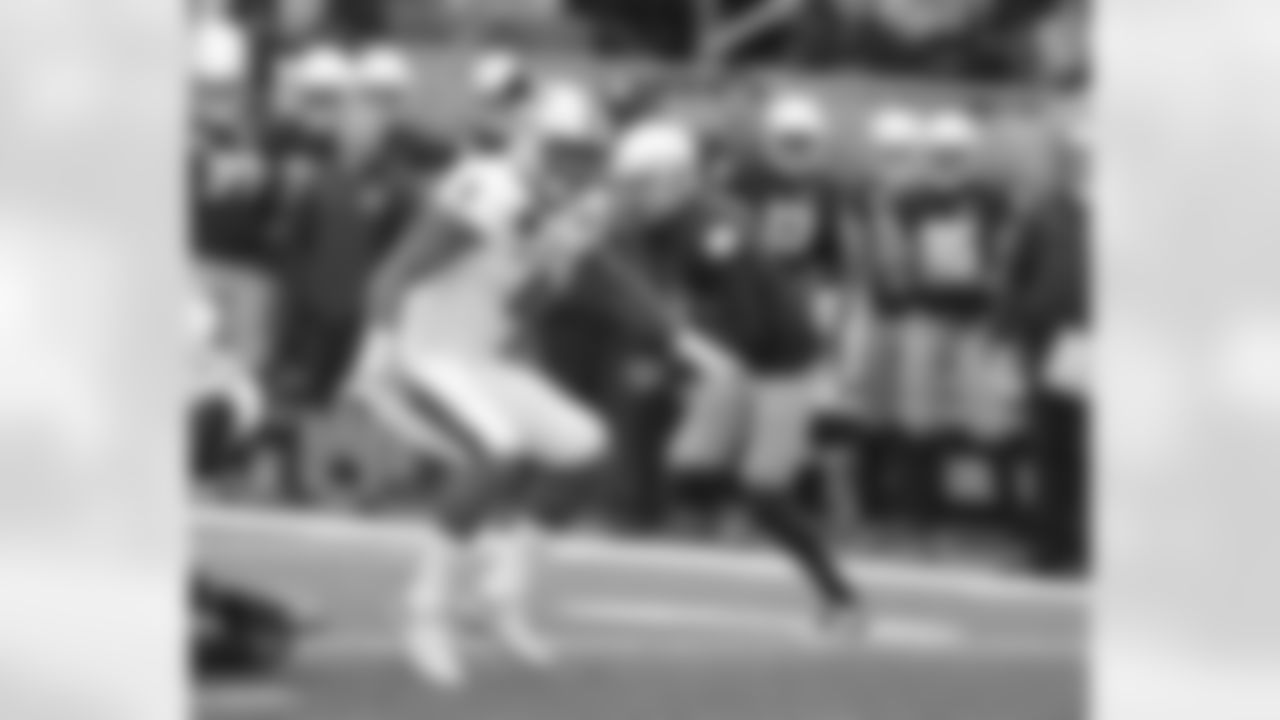

The seventh slot, on the other hand, is not a place to which teams in need of a quarterback generally trade up. As noted above, the #7 pick has been changed hands in 10 of the last 48 drafts, sometimes more than once. Those 10 picks have generated a total of 15 trades, and not one of them involved a team trading up to #7 in order to draft a quarterback. However, the #7 pick was part of a package that Atlanta sent to Indianapolis a month before the 1994 draft in order to get veteran quarterback Jeff George. In addition, a quarterback was tangentially involved in a 1985 swap of the #7 pick, as the Browns sent that one to the Bills in exchange for Buffalo's top spot in the supplementary draft. Cleveland used that supplemental pick on quarterback Bernie Kosar.
However, 2017 could be different than years past. Draft analysts have pegged six quarterbacks as potential first-round picks this year: Sam Darnold, Josh Rosen, Josh Allen, Baker Mayfield, Lamar Jackson and Mason Rudolph. Some mock drafts have three or even four of those six going among the top 10 picks, and that's before the nearly inevitable rise of QB stock during the run-up to the draft.
There is less consensus at this point as to how many teams will be in the market to draft a potential franchise quarterback, but among the strongest possibilities are Cleveland (picks #1 and #4), the New York Jets (#6), Arizona (#15), Buffalo (#21 and #22). Others that could eventually enter the QB fray, depending upon decisions made with veteran passers and how the free agency market unfolds, include the New York Giants (#2), Indianapolis (#3), Denver (#5), Washington (#13) and Jacksonville (#29).
Combining those lists of quarterback prospects and potentially QB-hungry teams creates countless scenarios. Tampa Bay's #7 pick could gain value if the prospects' stock rises and more teams become interested. If even a couple teams in the top six stay put but don't draft a quarterback, Tampa Bay may be sitting at a QB fulcrum. On the other hand, if teams get aggressive and deal up into the top six to take more quarterbacks, more of the most highly-regarded prospects will become available at #7, perhaps prompting Tampa Bay to stay put and choose from those riches.
The last team to actually trade the seventh overall pick was the Jaguars, who coincidentally gave it to the Buccaneers, along with a fourth-round pick to move up two spots in 2012. Jacksonville took wide receiver Justin Blackmon, the Buccaneers went with safety Mark Barron and later used that fourth-rounder to trade back up five spots and take running back Doug Martin at the end of the first round. Two years later, the Buccaneers started round one in the seventh spot and chose to say there, nabbing wide receiver Mike Evans. That has proven to be a very good pick.
Those small moves in the top dozen picks are far more common when it comes to trade activity at the #7 spot. In 2004, Cleveland traded up one spot from #7 to #6 to take tight end Kellen Winslow. In 2001, San Francisco moved up two spots to #7 in order to select defensive end Andre Carter. There have been three instances of a team moving specifically from #12 to #7 – in 1999, Washington did so to get cornerback Champ Bailey; in 1995, Philadelphia made the same deal to get defensive end Mike Mamula; and in 1994 San Francisco went from #12 to #7 to get defensive tackle Bryant Young.
The Philly trade was with the Buccaneers, who used the #12 pick on eventual Hall of Famer Warren Sapp. The San Francisco deal in 1994 came after the Indianapolis had already moved up from #7 to #5 in order to get linebacker Trev Alberts.
While the Buccaneers can hope that the quarterback market heats up in the draft and adds potential value to their #7 pick, the latter sort of trade is more common and probably more likely considering Tampa Bay's situation. The Bucs may choose to make a small deal up in order to grab the top player at a position of need, or they might feel that they can get a similar player a bit farther down the draft and trade downward in order to add draft assets.
Licht took over the Bucs' G.M. chair in 2014 and has thus presided over four drafts so far. In only one of those four years has Tampa Bay traded from its original first-round spot; in 2016, the team moved down two picks from #9 to #11, adding a fourth-round pick before selecting cornerback Vernon Hargreaves. However, Licht has not been shy about moving around the draft board in subsequent rounds, as he has made a variety of smaller maneuvers to land coveted players. For instance, in 2015 the Buccaneers stood pat with the first overall selection and took quarterback Jameis Winston. However, they later traded up a handful of spots to secure guard Ali Marpet in the second round and linebacker Kwon Alexander in the fourth. In addition, Licht had previously traded the Bucs' fourth-round pick in that draft in 2014 to get guard Logan Mankins from the Patriots.
There is no doubt that Licht will consider all possibilities when it comes to best utilizing the seventh-overall pick in the 2018 NFL Draft. In many cases, such a decision comes down to the simplest route: staying put and using it to select the top player on the team's draft board. However, trades are always a possibility, and while they may not be as common at #7 as some other spots, this year's draft may end up being significantly different.

























